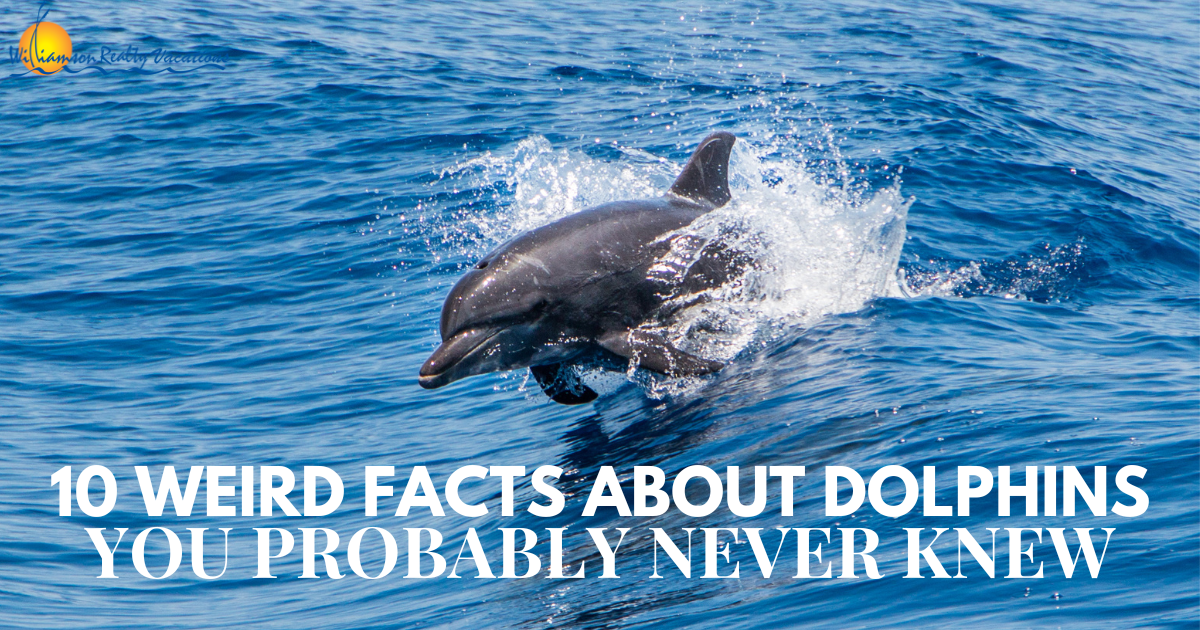Understand Just How Dolphin Facts Clarify Marine Ecosystems
Understand Just How Dolphin Facts Clarify Marine Ecosystems
Blog Article
Discover the Marvels of Dolphins: Extraordinary Truths You Really Did Not Know
Dolphins, often regarded as one of the most intelligent marine mammals, display a variety of remarkable behaviors that challenge our understanding of animal cognition. Their distinct communication methods, including trademark whistles for private recognition, reveal complicated social structures that appear like those of human beings. Moreover, these creatures play an important duty in keeping the balance of aquatic ecological communities while presenting remarkable analytical capabilities. As we discover the intricacies of their lives, one need to consider the implications of their knowledge and what it exposes about the natural world. What other surprising facets of dolphin actions stay to be discovered?
Dolphin Intelligence and Trouble Resolving
Showing amazing cognitive abilities, dolphins are commonly acknowledged for their knowledge and problem-solving skills. Research study has shown that these aquatic animals possess sophisticated reasoning abilities, often engaging in complex social communications that require considerable cognitive handling. Notably, dolphins are skilled at employing ingenious strategies to overcome difficulties in their setting, such as working with or making use of tools with others to quest for food.
Studies reveal that dolphins can comply with complex guidelines and execute jobs that involve multi-step options, a sign of their capability to plan and implement. Their capability for knowing is further shown by their remarkable memory, which enables them to keep and make use of information over prolonged periods. Cognitive examinations have shown that dolphins can comprehend abstract concepts, including numerical connections and spatial recognition.
Moreover, dolphins exhibit an exceptional level of self-awareness, as evidenced by their ability to recognize themselves in mirrors. This quality is typically taken into consideration a trademark of innovative intelligence, paralleling the cognitive abilities observed in human beings and great apes. Generally, the intelligence and analytical capacities of dolphins highlight their intricate psychological professors and adaptability in diverse atmospheres.
One-of-a-kind Communication Techniques
Dolphins stick out for their distinct interaction methods, which are vital for their social communications and survival in the wild. These extremely smart aquatic creatures employ a sophisticated system of vocalizations, body language, and echolocation to share messages and coordinate activities.
Vocalizations include clicks, whistles, and other audios that offer numerous objectives, from revealing feelings to signaling alarm or coordinating team motions while searching - Dolphin Facts. Each dolphin has a trademark whistle, akin to a name, which cultivates specific recognition within cases. This form of identification is critical for preserving social bonds

Echolocation is another impressive element of dolphin communication. By releasing audio waves and interpreting the returning mirrors, dolphins can browse their environment, find prey, and even recognize other aquatic creatures.
Social Frameworks and Relationships
The intricate communication strategies utilized by dolphins play a considerable role in shaping their social structures and relationships. These extremely intelligent marine mammals commonly develop complicated social teams called shells, which can differ in dimension and composition. A normal covering might include a couple of people to a number of lots, and it is next page often led by a dominant female.
Dolphins are known for their solid social bonds, which are defined by cooperative habits such as hunting together, common grooming, and even playful interactions. These relationships are vital for their survival, as they boost the effectiveness of jobs such as shielding the team and foraging from predators.
Within sheaths, dolphins display a series of social power structures and duties, which can alter based on the dynamics of the team. As an example, some individuals may take on the duty of caretakers for calf bones, while others may work as defenders. In addition, dolphins are known to present selfless habits, aiding hurt or troubled skin members, better enhancing their social ties. Generally, the social frameworks and connections of dolphins reflect an advanced degree of social company that adds to their versatility and success in diverse aquatic settings.
Duty in Marine Ecosystems
In aquatic ecosystems, dolphins play an important function as both predators and victim, adding to the total health and wellness and balance of their environments. As peak predators, dolphins help regulate the populations of their target, that includes fish, squid, and crustaceans. By managing these populations, dolphins prevent overgrazing of aquatic resources, consequently cultivating biodiversity and sustaining the framework of the ecosystem.

In addition, dolphins add to nutrition cycling in aquatic environments. Their feeding routines and subsequent waste manufacturing enhance the water column, assisting in the growth of phytoplankton, which develops the base of the marine food cycle. On the whole, the presence of dolphins in aquatic ecological communities is essential for maintaining environmental balance, sustaining the wellness of other marine species, and sustaining the general vigor of nautical environments.
Amazing Physical Abilities
One of the most impressive facets of dolphins is their impressive physical capacities, which allow them to flourish in diverse marine settings. These highly smart animals have structured bodies, permitting for efficient motion with water. Their powerful tails, or flukes, can drive them at speeds of up to 25 miles per hour, enabling swift navigation and evasion from predators.
Dolphins additionally display exceptional dexterity, carrying out acrobatic accomplishments such as flips and rotates. Furthermore, dolphins have a special capacity known as echolocation, which allows them to navigate and quest in murky Full Article or dark waters.
In addition, dolphins show excellent endurance, capable of swimming cross countries without tiring. Their thick layer of blubber not just offers insulation but also help in buoyancy. Collectively, these physical attributes underscore the versatility and strength of dolphins, making them some of one of the most fascinating animals in the sea.
Final Thought
In conclusion, dolphins exemplify remarkable intelligence via their analytic capabilities and sophisticated interaction strategies. As peak predators, dolphins play an essential duty in preserving the balance of aquatic ecosystems. check over here Dolphin Facts.
Generally, the social structures and partnerships of dolphins reflect an innovative degree of social company that adds to their adaptability and success in different marine settings.

On the whole, the existence of dolphins in aquatic environments is vital for preserving ecological balance, supporting the wellness of other aquatic varieties, and sustaining the overall vigor of nautical atmospheres.
One of the most exceptional elements of dolphins is their remarkable physical capacities, which enable them to grow in varied marine atmospheres.
Report this page